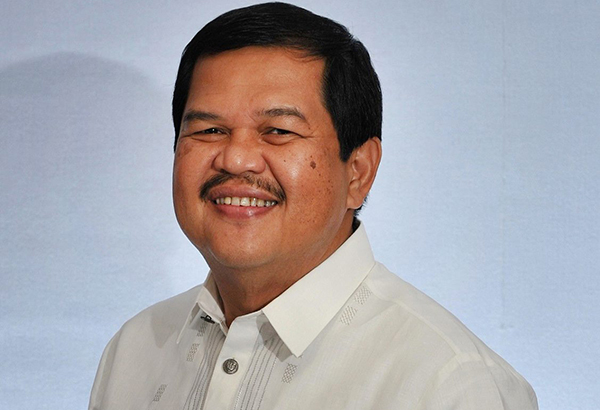Philippines: BSP to cut bank reserve ratio to single digit
MANILA, Philippines — The Bangko Sentral ng Pilipinas (BSP) is set to gradually reduce banks’ required reserves in tandem with capital market reforms.
BSP Governor Nestor Espenilla Jr. said on the sidelines of the 43rd Philippine Business Conference and Expo yesterday that the central bank is set to reduce the reserve requirement ratio (RRR), currently pegged at 20 percent, to single digit.
“The RRR is something that I would like to personally see to single-digit level. But there is a game plan for it. So our game plan is to do it in such a way as to avoid the situation that we are unleashing too much liquidity that the economy is unable to absorb,” Espenilla said.
RRR is the percentage of bank deposits and deposit substitute liabilities that banks maintain or deposit with the central bank. The Philippines has the highest ratio in the region.
Adjusting policy settings such as the RRR of banks also reduces the intermediation costs while also controlling liquidity.
Latest data from the BSP showed liquidity or money supply grew 15.4 percent while bank lending rose 20.4 percent in August.
The BSP last tweaked the RRR in May 2014, raising the level to 20 percent from 19 to mop up more cash from the economy amid the elevated growth rates in liquidity and lending.
A one percentage-point reduction or increase in RRR releases or siphons off P60 billion in liquidity into the financial system.
Espenilla explained monetary authorities are looking at several things including reducing liquidity through more outflows from the economy.
“That’s a good time to inject liquidity by lowering reserves. But also, we are embarked on a major capital market development project,” he said.
The BSP together with the Department of Finance (DOF), Securities and Exchange Commission (SEC) and Bureau of the Treasury (BTr) presented the capital market roadmap last August to hasten the development of the domestic debt market.
The initial phase would focus on improving benchmark markets as this is critical in pricing risk assets and other capital market instruments. These include increasing the volume of Treasury bills, providing a transparent mechanism covering the issuance of government securities, establishing a reliable yield curve as well as developing a set of obligations, rights and incentives of market makers.
It is also pursuing an efficient repurchase (repo) market by November while the regulatory oversight over the repo and fixed income market would be strengthened.
Espenilla said the lowering of the RRR would be done in stages not in one giant reduction overnight but progressive.
“So all of this is timed. We are carefully timing all of these, inserting it in months but in the horizon,” he said.
The BSP chief pointed out there is no compelling reason to tweak the country’s monetary policy stance as inflation is seen averaging 3.2 percent between 2017 and 2019, well within the two to four percent target set by the BSP.
“So by itself that is not a driver for us there is no compelling reason for us to immediately change monetary policy,” he said.
The benign inflation environment and robust domestic demand have allowed the BSP to maintain an accommodative policy stance. The BSP’s Monetary Board last tweaked interest rates in September 2014 when it raised benchmark rates by 25 basis points.
Source: http://www.philstar.com/business/2017/10/19/1750114/bsp-cut-bank-reserve-ratio-single-digit


 Thailand
Thailand




